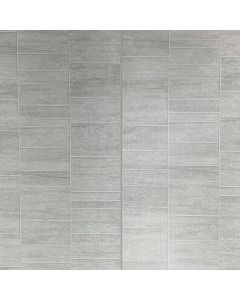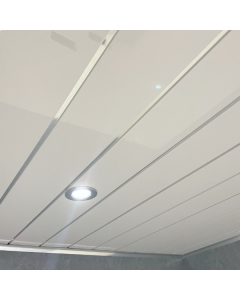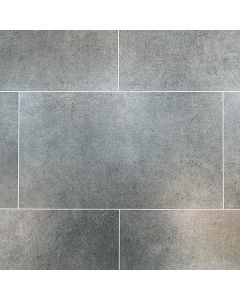A Guide To Painting Bathroom Tiles

If you’re looking for a more long-lasting and durable solution, you may want to consider removing bathroom tiles and replacing them with bathroom wall panels. Although it may require a bit more time and investment, the end result will be a bathroom that looks fresh and is more resistant to wear and tear.
In this blog, we’ll discuss useful tips on painting bathroom tiles and whether it’s the right solution for your bathroom. Top of FormBottom of Form
Does painting over bathroom tiles work?
Those with dated tiles have all wondered, can you paint over bathroom tiles? The short answer is yes; bathroom tiles can be painted over.
You can use almost any kind of paint providing your tiles are ceramic. Natural stone should not be painted, as this is a porous material, and the paint will seep into the surface of the tile. If you’ve set your heart on painting over bathroom tiles, then you should consider seeking specialist paint to get the best effect possible.
Painting bathroom tiles might seem like an easy process, but it’s one that can go terribly wrong if not done correctly. Unless you are willing to go the extra mile, removing and replacing the grout, then you might need to accept that your tiles will look obviously painted.
You can paint straight over for a quick fix, but it’s unlikely that the paint will adhere and may begin to flake off over time.
With both a specialist tile paint and new grouting, then the tiles can look as good as new – but, painting over a textured surface of any sort can be risky business, and it’s important to be aware of the potential risks.
How to paint over tiles
Before you start any DIY projects, it’s always recommended your read instructions and this isn’t any different for painting bathroom tiles. Here is our guide to painting over bathroom tiles:
- Preparation is key when it comes to painting bathroom tiles, so clean the whole area carefully, paying special attention to any areas where there may be mould or soap residue. The longer you spend scrubbing, the better the final result will be.
- Remove the grout from between the tiles. You can find special tools to help you do this. It doesn’t need to be perfect, but the more you can remove the better it will look.
- Use primer paint specifically designed for tiles on the now clean surface. This will need to be left to dry according to the manufacturer’s recommendations (and you won’t be able to use your bath/shower while these dry).
- Sand down the primer lightly to give the next layer of paint something to stick to and clean off the dust with a damp cloth.
- Use a synthetic brush and tile paint to avoid brush marks and take your time to avoid running over the edge of each tile. Darker tiles may require multiple coats to get the finish you want.
- Once the paint has dried, you can apply new grout to the tile area.
Does painting over bathroom tiles last?
One of the most common questions people have when considering painting over bathroom tiles is whether it will last. There is no clear answer for this as it depends on a few factors.
Firstly, the type of tile and the condition of the surface will affect how well the paint adheres to the tile. If the tile is in good condition and clean, the paint should adhere well and last for several years. However, if the tile is damaged or in poor condition, the paint may not adhere properly, and it may start to peel or chip after a short period.
Secondly, the quality of the paint and the preparation of the surface will also play a role in how long the painted tiles last. It's important to use high-quality paint that is specifically designed for use on tiles, and to prepare the surface properly by cleaning, sanding, and priming before applying the paint.
When painting bathroom tiles, specifically tiles near the bath, shower or sink, it's important to choose a paint that is resistant to moisture and humidity. Bathrooms are high-moisture areas, and using a paint that is not designed for these conditions may cause the paint to peel or fade quickly.
Overall, if you follow the proper preparation and application steps, and use high-quality paint, painting over tiles can last for several years. It's not a permanent solution, but it can be a cost-effective and quick way to update the look of your bathroom.
Choose wall panels instead
If you’re going through the process of removing the grout from your tiles, it may be worth your while to replace the tiles altogether. A cost-effective and easy way to update your bathroom is by installing bathroom wall panels. Wall panels offer a sleek and modern alternative to traditional tiling, with the added benefit of being easy to install and maintain. You can even opt for tile effect wall panels to achieve the same aesthetic without the hassle.
Not only do they eliminate the need for grout, which can become a breeding ground for mould and mildew, but they also come in a wide variety of styles and finishes to suit any taste or decor. And with their waterproof and durable design, bathroom wall panels are a practical choice for any household. They can even be used in various rooms throughout your home - choose kitchen wall panels, bedroom wall panels, and even living room wall panels for chic, low-maintenance decor.
If you're curious about the benefits of bathroom wall panels and want to learn more about how they compare to traditional tiles, check out our article on shower wall panels vs ceramic tiles for an in-depth comparison.
























